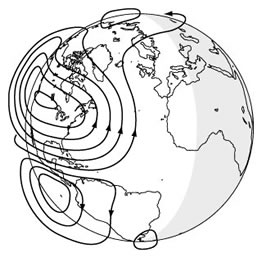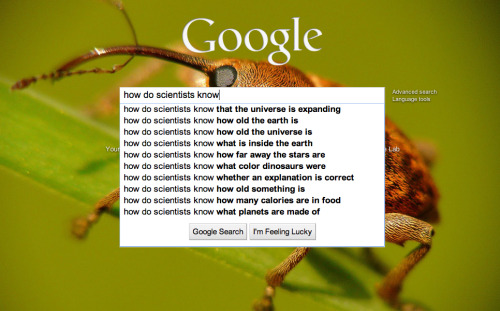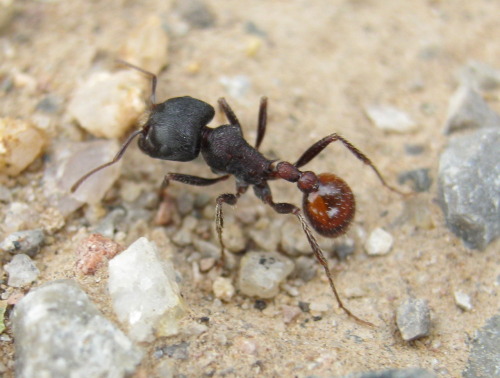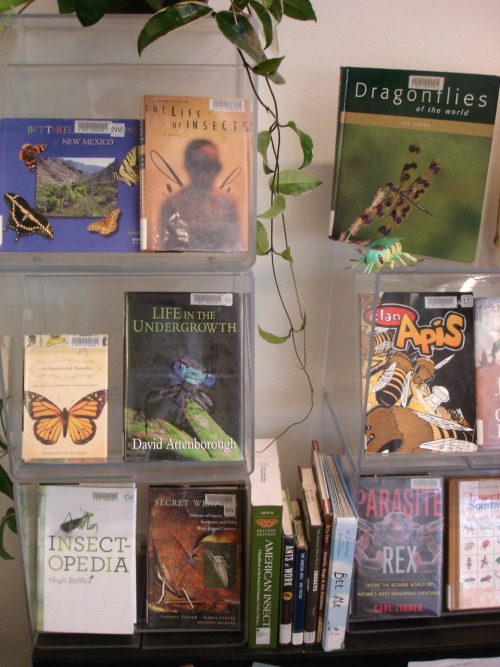Earlier this year, my supervisor at the library where I worked gave me the task of creating and maintaining a book display on any subject I liked. Well, I had no other option, really, than to choose insects and spiders, did I?
This is a picture of the display right around the beginning of the month of May, when I had just gotten it set up. The Dewey Decimal system keeps all the insect non-fiction together (number 595.7), so it was fairly easy to find books for the display. Most of what was on the shelves was focused on local New Mexican and southwestern fauna, like the butterfly book on the upper left, but I was trying for a more eclectic display. Let me give a quick run-down of the books I had read and wanted to share at the library:
The Life of Insects by Viktor Pelevin (top, center)- This was one of the rare fiction books on this display, and the first on this list I ever read. I picked it up for the first time, almost at random, while visiting my older brother's college's bookstore. I was in high school. I didn't know anything about the author, but the cover and book jacket intrigued me, and it wasn't too expensive. The book takes place in post-Soviet Russia, following the lives of several people, who are also insects, who are also people. It's a bit difficult to explain, or imagine, but eventually the book kind of swallows you up and you're along for the ride. The characters include some mosquito businessmen with a fellow American mosquito going out on a bender of bloodsucking, a dung beetle father explaining all the mysteries of the universe to his dung beetle son, a young queen ant and the perils of domestic life, and a cicada who tunnels his way through life, going to work and home again, and briefly to America where he nearly turns into a cockroach, all while digging, digging, digging in a straight line. It's a great read.
Life in the Undergrowth by David Attenborrough (center)- A great look at the whole terrestrial arthropod kingdom, told in order of evolutionary descent, with centipedes, millipedes and scorpions in the beginning, and ants (of course!) and bees at the end. This would be a great coffee table book, really, since it is full of beautiful pictures of all range of insects and spiders. I learned a lot from this book, and Sir Attenborrough is a wonderful teller of the tale of life.
Clan Apis by Jay Hosler (center, right)- A graphic novel, appropriate for kids and teens, but a great little book for anyone to read. It tells the tale of a worker bee, from hatching as a larvae to (spoiler alert!) a timely death after a short, but fulfilling life. It's a cute little story, full of facts about the lives of honey bees and the insect world, and the pictures are wonderfully illustrated.
Insectopedia by Hugh Raffles (bottom, left)- Not as comprehensive as the "-pedia" ending led me to believe, it nevertheless provides 26 stories, in alphabetical order by chapter title, about the nature of the complex and diverse relationships between humans and insects. There are heartwarming stories as well as revolting ones, most notably the stories of the stomping fetishists, mostly men who enjoy watching women stomp on things, and imagining themselves as the recipient. (That chapter gets very Freudian.) On a lighter note, I will say that after reading this book I never more wanted to try roasted locusts. Does anyone have a recipe?
Ants at Work by Deborah Gordon (bottom, center, only spine showing)- I'll just say right now, you could probably skip this book unless you really, really, love southwestern harvester ants and want to know all the nitty gritty details of how their colonies are actually organized and how researchers are finding out. I learned a lot from this book, but it's not written for a wide audience. If you do love harvester ants and want to everything about them, this is the book for you!
Parasite Rex by Carl Zimmer (bottom, right)- Last and certainly not least, this book was a great overview of the world of parasites and much more entertaining a read as that sounds. Zimmer has that much-coveted quality of writing that is easy to read and grossly (har har) informative. He argues that parasites should not be considered the lazy cheats of the animal kingdom, and should certainly not be ignored as insignificant. Rather, their adaptations for life within other creatures are impressive, and their impact on the environment can be drastic.
So there you have it. Unfortunately, the epilogue here is that not many of these books were actually picked up. (Sad face.) However, half of the display was devoted to children's books, and those flew off the shelves by comparison. So books like
What to Expect When You're Expecting Larvae got to enlighten young minds, and the display was reorganized to give more space to similar bug-themed picture books.











